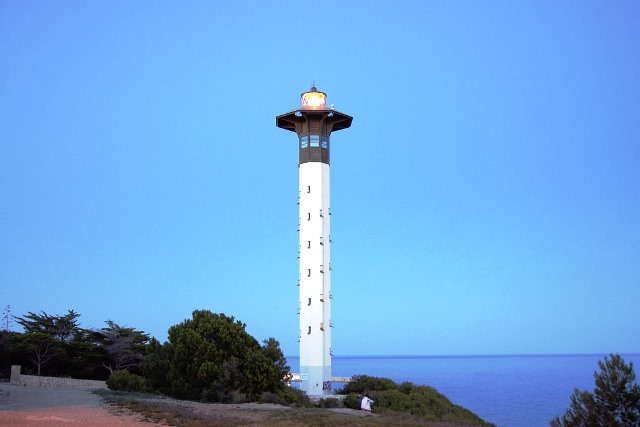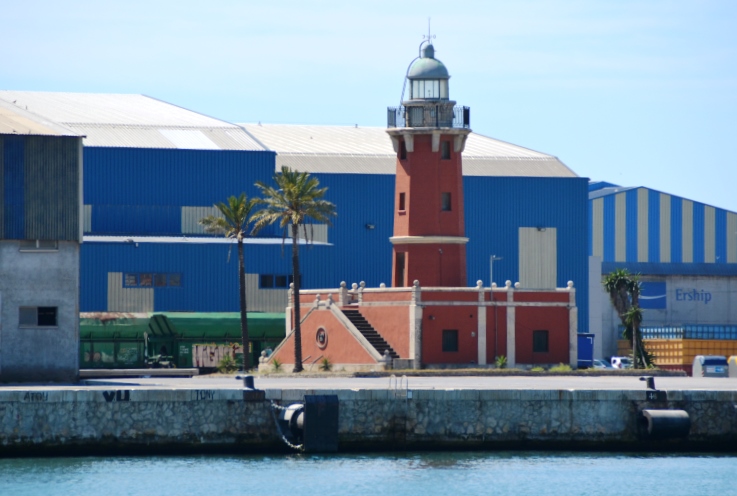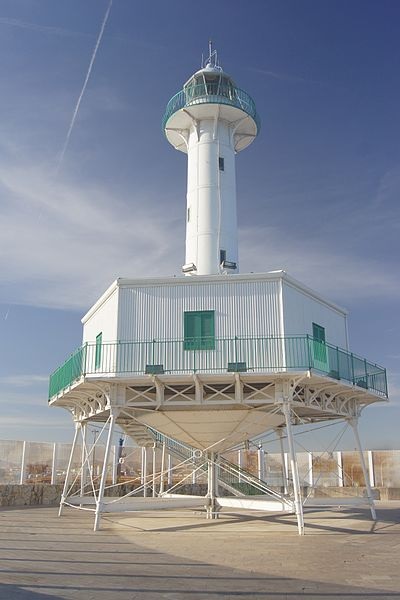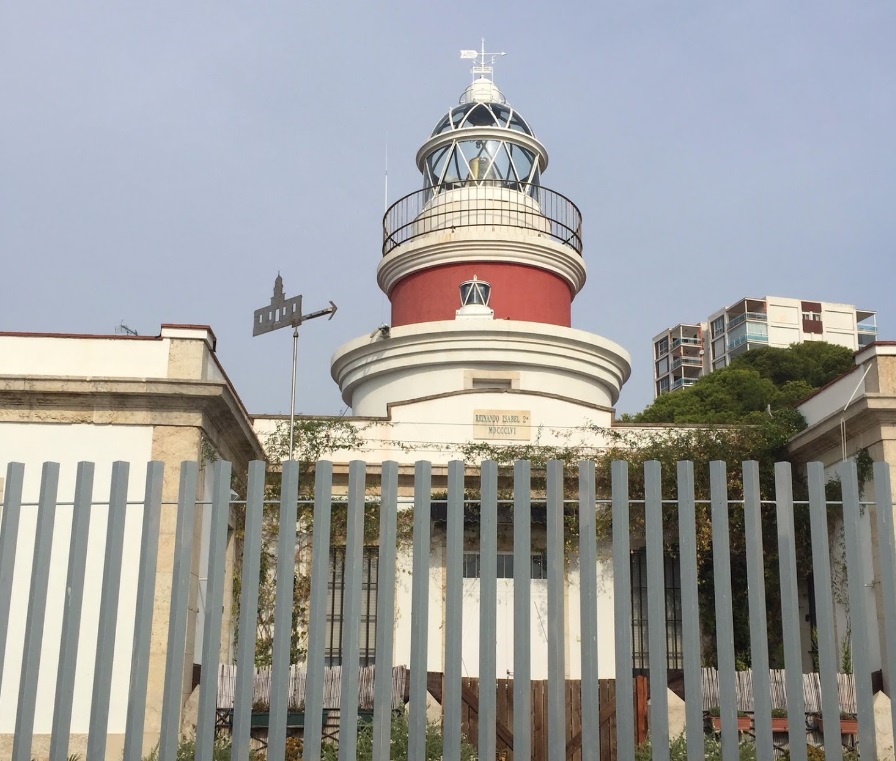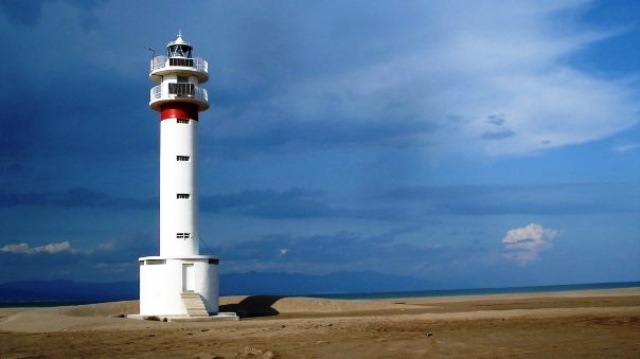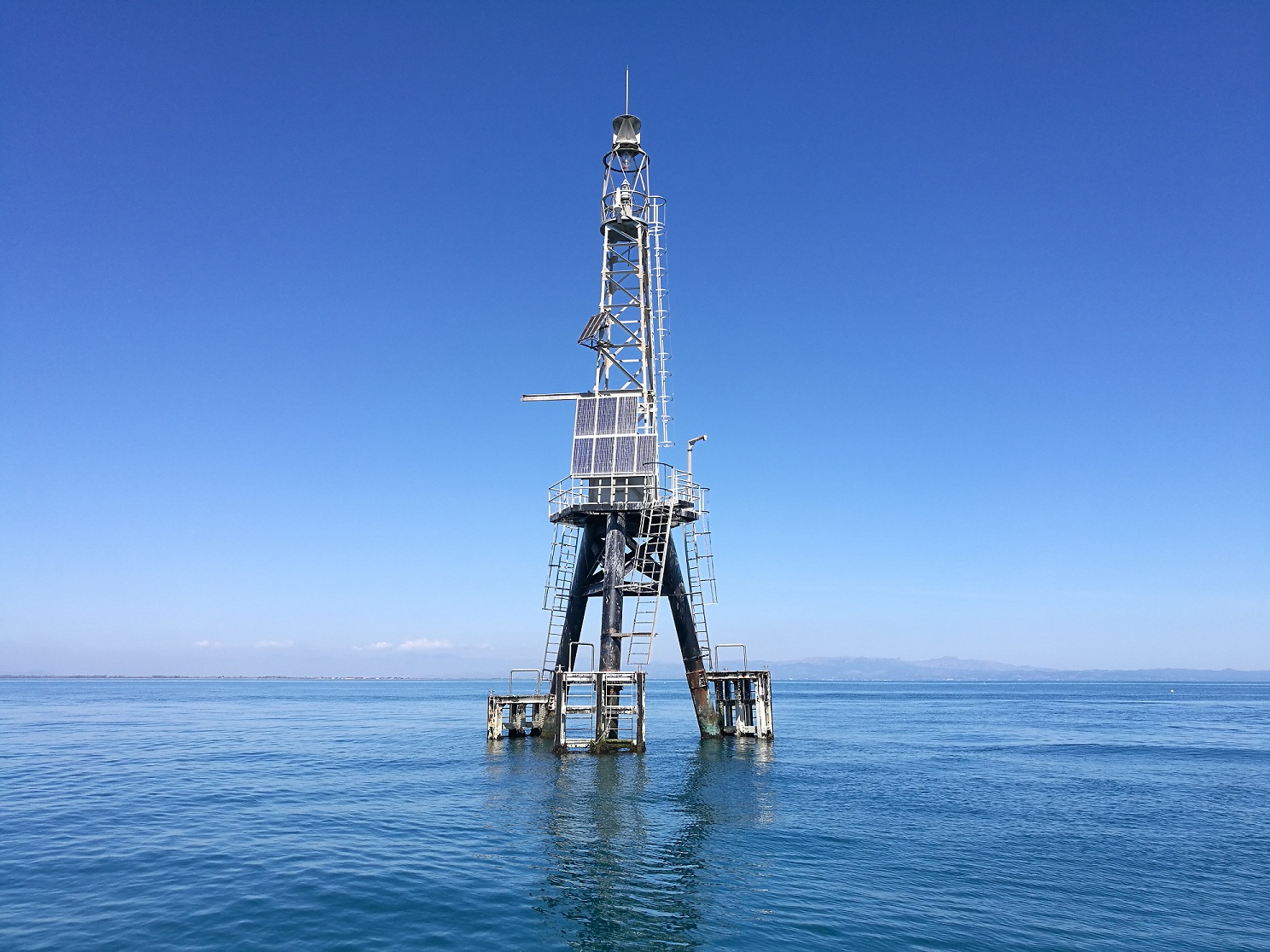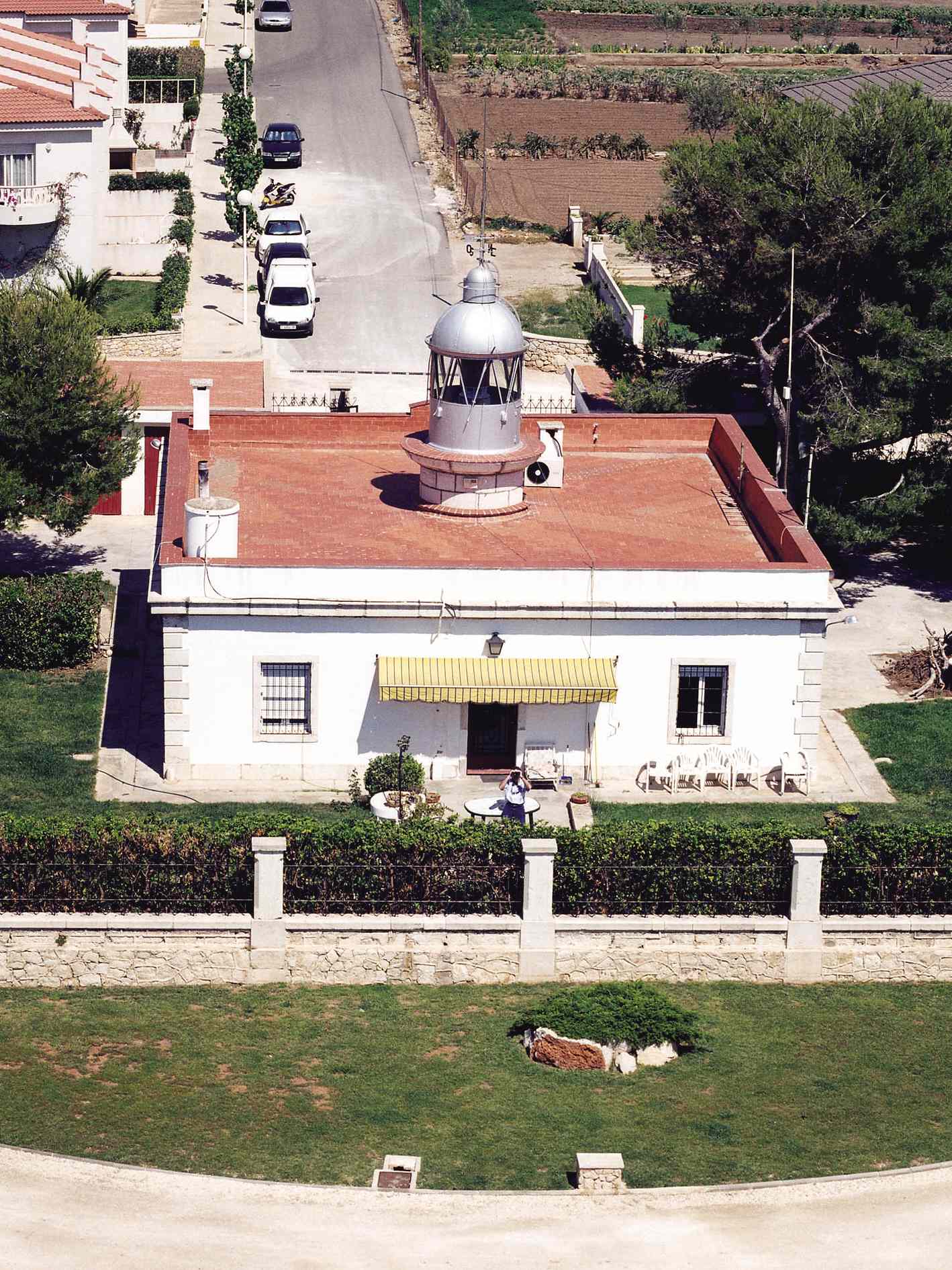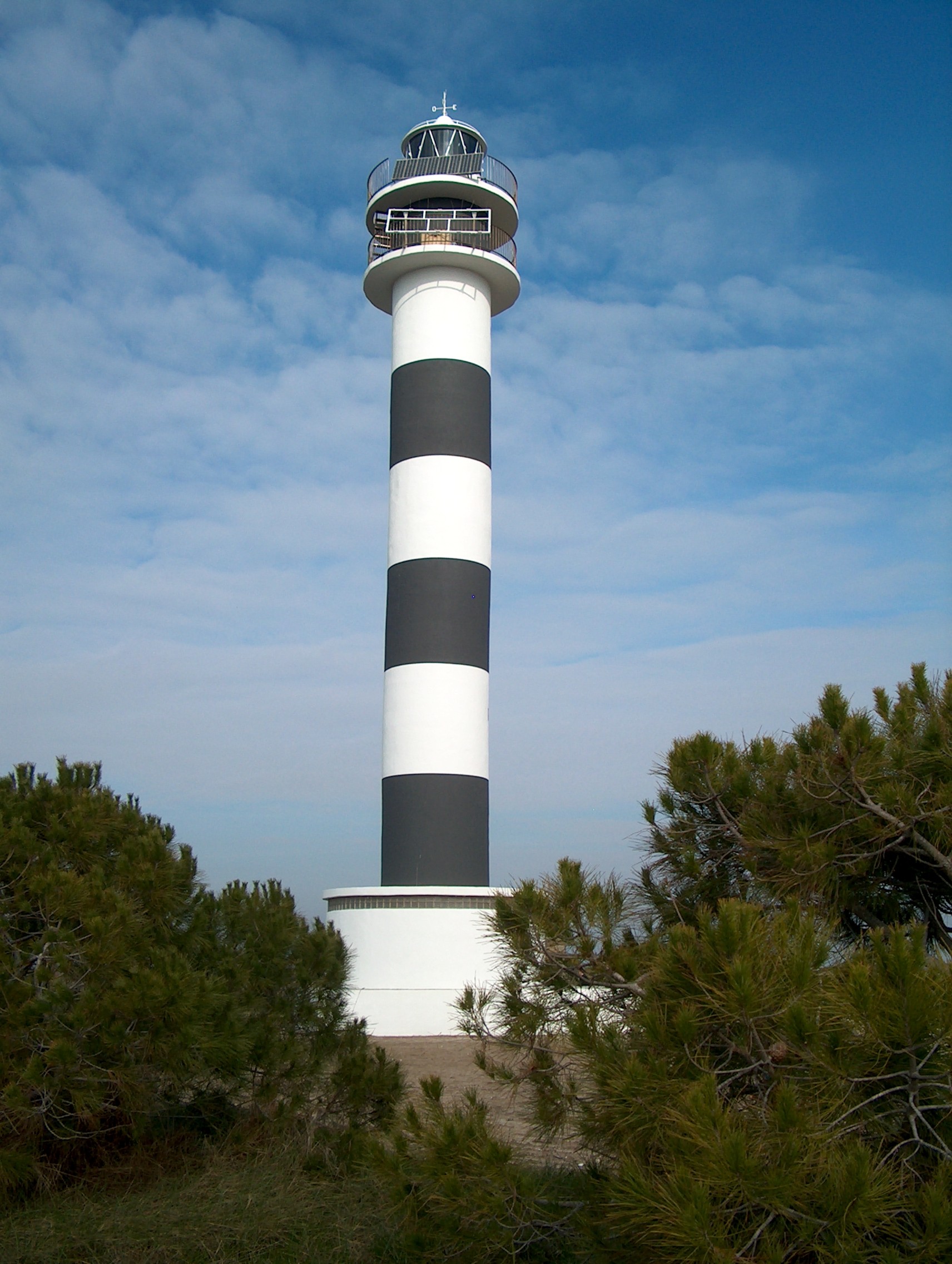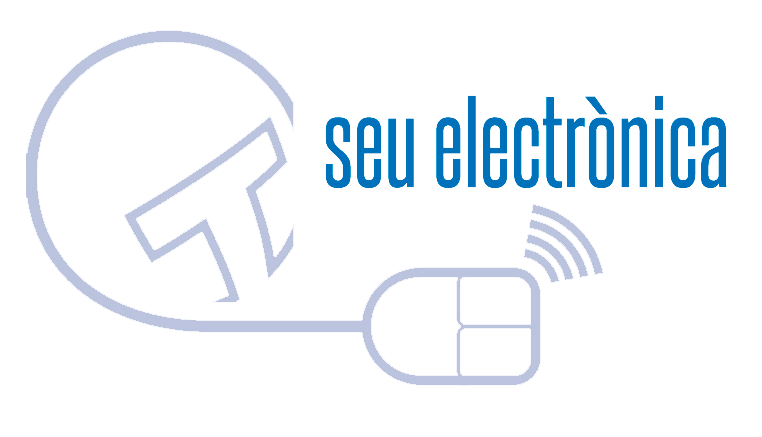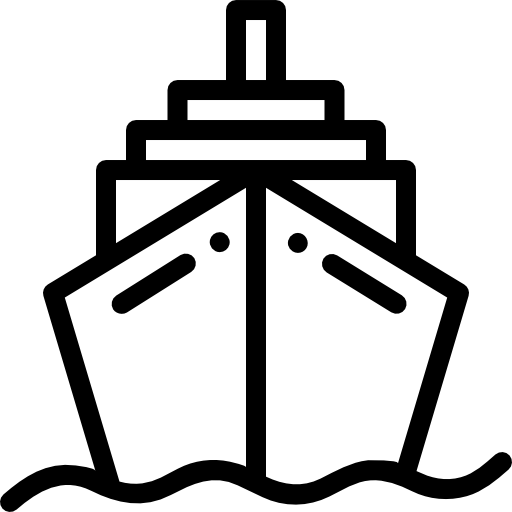Lighthouses and beacons
The aids to the maritime navigation include the visual systems, acoustic or radio-electric in order to position the crafts or the next dangers to vessels. This allows to establish suitable routes and avoid accidents.
This space allows you to download documents, readings and presentations related to the theme of lighthouses and beaconing of Navigation Systems Aid.
Map
Set of lighthouses, maritime signals and radioelectric systems that help navigation along the coast of Tarragona
Map
Simplified map showing the location and function of lighthouses and other maritime signals used to guide navigation within the port.



